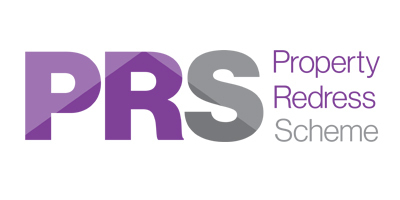
Buy-to-let Tax Loopholes: How Landlords Can Keep More Of Their Income
Wednesday 3rd November 2021
Landlords will still be struggling with lost rental income even after the Government announced a £65m fund to help plug landlords' nearly £400m rent debt blackhole in the wake of the pandemic.
Coronavirus and successive lockdowns hammered tenants and hit landlords' rental income hard, creating a backlog of payments worth £360m, according to debt charity StepChange. The new Government cash, which will be available via local councils to support low-income renters, will plug only part of the gap.
Many landlords are also missing out on valuable tax breaks that could prevent a large chunk of their income ending up in the hands of HM Revenue & Customs.
Reliefs on landlords’ income, such as being able to offset their mortgage costs against their tax bill, have gradually been hacked back – and buy-to-let owners are now wondering whether the numbers still add up.
But there are a number of often underused reliefs still available that are now more important than ever.
Make use of little-known expenses
Many landlords are unaware that they may be able to claim back for expenses such as the cost of travelling between their rental properties and phone calls or texts sent in connection with a property. Those with a monthly contract can expense only the proportion of time that they use it for business purposes.
It is also possible to claim back the cost of subscriptions to property investment magazines, services and money spent on advertising the property, and legal and accountancy fees connected to the buy-to-let. As you can see using the calculator below, deducting these kinds of expenses from your income can make a big difference.
Zena Hanks of Saffery Champness, an accountancy firm, said: “It may seem like a hassle to keep track of these small expenses but doing so will make HMRC much more likely to accept them. It’s important to remember that expenditure must be wholly and exclusively for the purpose of the business.”
Offset losses made during coronavirus
Buy-to-let owners have had a difficult time of it since March 2020, with tenants falling deep into arrears or demanding payment holidays. Landlords who have made a loss this year can carry these forward and offset them against next year’s tax bill.
“If you made a loss of £1,000 this tax year and then turn a £20,000 profit next year you will pay tax on £19,000 instead,” Ms Hanks said.
The taxman will combine the income and expenditure from all of a landlord's rental properties in a year. This means that losses can only be carried over if the portfolio as a whole has made a loss.
Claim back for void periods
Others have struggled to find any occupants at all for their properties during the coronavirus pandemic. Normally when a property is occupied, the tenant will cover the cost of council tax and heating.
Landlords who find themselves having to cover these bills during a void period may be able to claim the cost back on their self-assessment tax return.
Turn it into a holiday home
There are a number of tax benefits that come with running a property as a furnished holiday let rather than a long-term rental.
The former are treated as a business by the taxman and so you can still offset your mortgage interest against your tax bill. Those running a normal long-term rental can only claim back 20pc of their mortgage interest.
“If HMRC considers your holiday let to be a business, you may also benefit from paying capital gains tax at a rate of just 10pc when you sell it – whereas the maximum rate of CGT payable on a normal rental property is 28pc,” Ms Hanks said.
However if you have a portfolio of, for example, 10 properties and sell just one of them, HMRC is likely to question whether you really are disposing of a business and disqualify you from the relief. Landlords who own their properties via a limited company can also benefit from lower rates of CGT.
There are restrictions on what counts as a holiday let. Homes must be furnished, available to rent as holiday accommodation for at least 210 days a year and occupied by a tenant for at least 105. The property cannot be occupied by long-term tenants – those who stay for more than 31 days – for more than 155 days per year.
Costs and management fees can also be higher for short-term rentals and owners are more at risk of the property being empty for long periods.
Make the most of pension tax relief
Holiday lets do come with another key advantage, though. Profits from these can be treated as income for pension purposes, which means if you put this money into a retirement pot you can claim tax relief on it. With income from a normal buy-to-let, this is not the case.
Take on debt
“Although the relief is less generous than it used to be, you can offset up to 20pc of your mortgage interest against your tax bill. So it may be worth taking on some debt against the property to reduce your taxable profits,” Ms Hanks said.
However, buy-to-let owners would need to work through the numbers carefully here to make sure it made sense for them, she added.
The Telegraph November 2021








